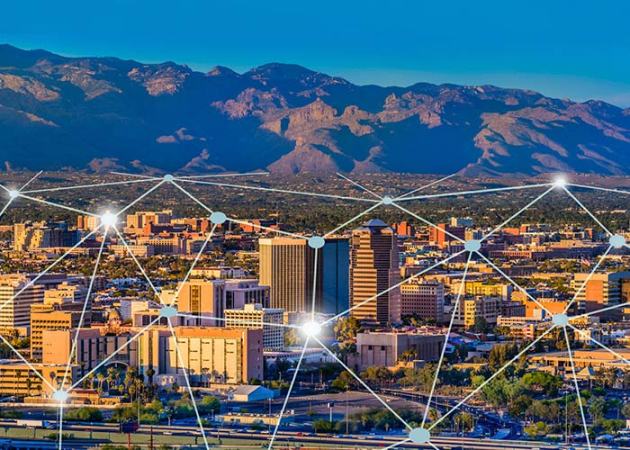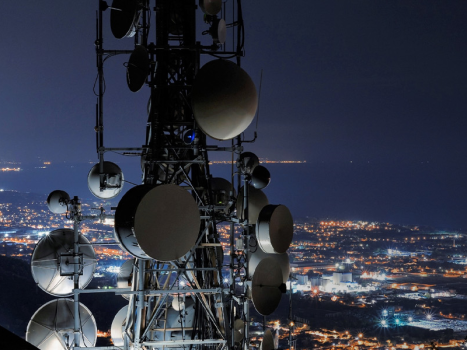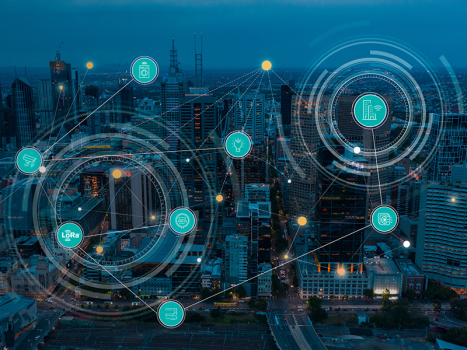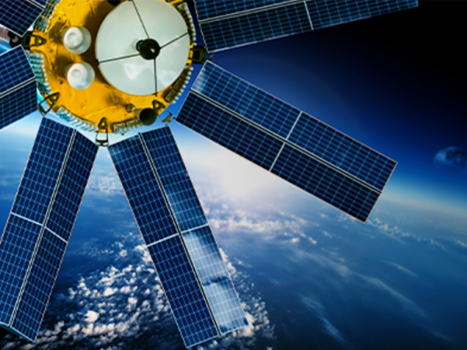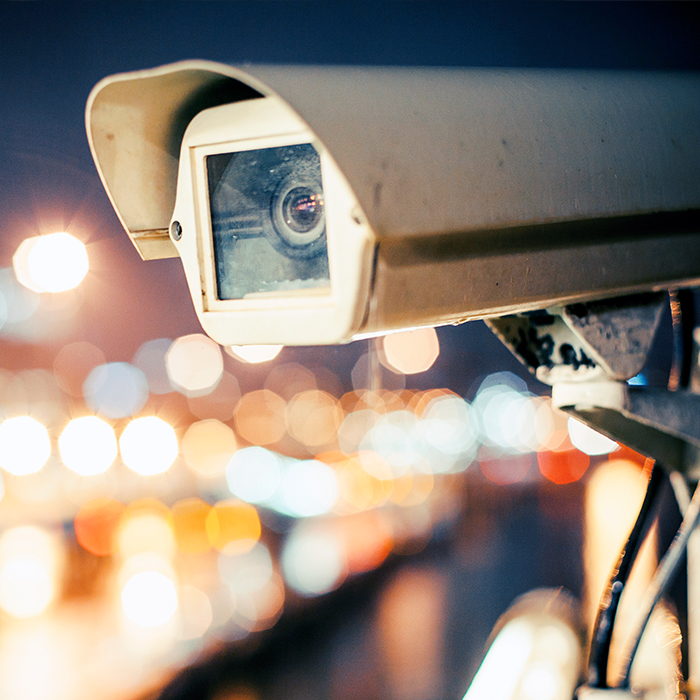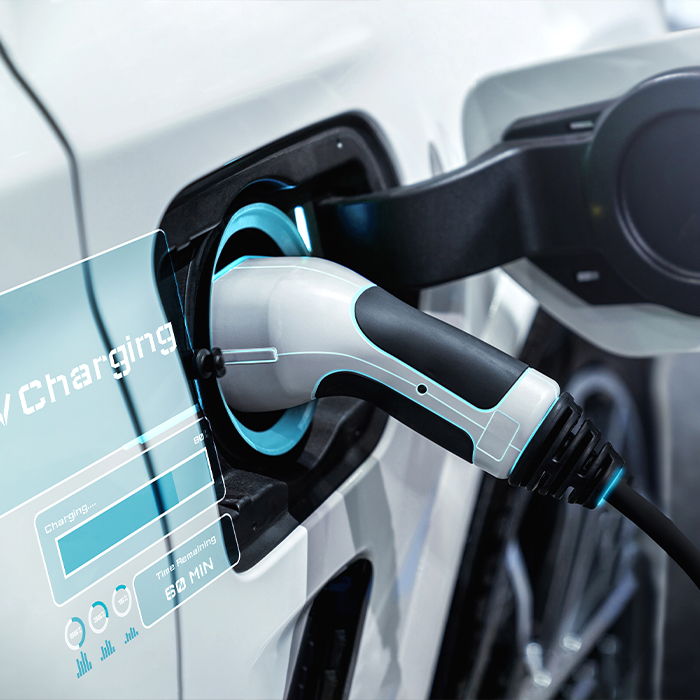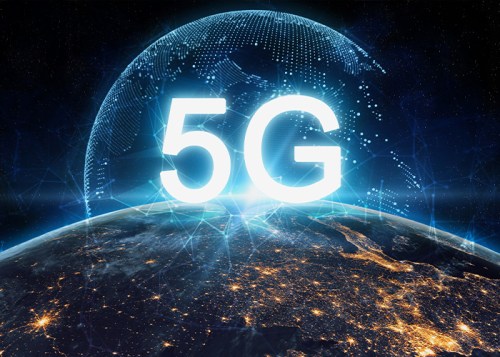Cellular IoT connectivity it is absolutely essential for your IoT strategy. It allows companies to scale up quickly, easily and securely, while also providing unique service offerings. Cellular technology enables an increased number of assets at the edge, offering you longer battery life and secure, reliable connectivity for all of those devices. Reliable, “always-on” wireless connections to assets allows organizations to deploy IoT applications that let them know where these assets are, how they are being used, if they need maintenance, and other information that they can use to lower costs, reduce equipment downtime, increase employee productivity, and improve customer experiences.
Wi-Fi and other short-range communications technologies are not well-suited for IoT connectivity. These technologies do not provide coverage over large geographic areas, can have difficulty connecting to assets that are located inside buildings, underground, or in rural areas, and are not able to connect to very large numbers of assets in a given area. Wi-Fi also uses large amounts of electricity to transmit data – a particular issue since many assets use battery-powered edge devices to connect to the Internet, and these devices often have to rely on batteries as their sole source of power for their useable life.
However, long-range cellular technologies based on global standards, like 5G NR, LTE, LTE-M and NB-IoT – are well-suited to provide the connectivity needed for these types of IoT use cases. Unlike Wi-Fi, they provide wide, geographic coverage, making it much easier for companies to insure they have an “always-on” connection to their asset.
